
Small Steps to Reducing the Carbon Footprint by Switching to LEDs at Home
Switching all the old incandescent bulbs in your garage (for instance) to LEDs may seem like a small task. However, they say all the little things count and this could apply to one of the most drastic challenges facing our planet: climate change. The UN recently issued a warning stating we only have 12 years to change our behaviour to avert a ‘climate change catastrophe’. The world is currently 1 degree over its pre-industrial level, and devastating effects can already be seen with dramatic weather events: from hurricanes in the U.S. to record droughts in South Africa. If all this world-scale peril sounds daunting, don’t get overwhelmed. There are some easy steps that you can make to reduce your carbon footprint and contribute to lowering the global temperature to the 1.5% level agreed upon at the Paris Agreement in 2015. Helping the planet with LEDs: making a complete switch to LEDs You can contribute to helping save the environment right now - the first step is simply thinking about how many light bulbs are currently being used in your home. Next, try and guess how many of these are LEDs - and hopefully the answer should be most of them. For instance, have you made the switch to LED strip-lights along your countertops, shelves and cupboards? What about your exterior lighting? These often exert huge amounts of electricity, and LED Floodlights are shown to save up to 65% in energy savings. At the top of most ‘how to help the environment’ lists is using energy-efficient light bulbs - LEDs. Studies have shown that making your home more energy-efficient has massively contributed to reducing emissions and helping the environment. Here are some additional reasons for making the switch to LEDs: On average, they are brighter than their older counterparts, producing 63 lumens compared to a paltry 12 lumens from traditional bulbs. They use 90% less energy than their equivalent incandescent or halogen light bulb. They have lower running costs, running approximately 20 times longer. They provide instant, bright lighting. The benefits of a complete switch over to LEDs Have you ever thought how many light fittings in your home are LEDs? The truth is many people have slowly been making the switch following the EU’s ban on halogen light bulbs, which took effect in late 2018, and their phasing out of incandescent bulbs since 2009. However, it is likely that you are still losing energy and money with inefficient bulbs throughout your house. It is worth drawing inspiration from the laudable achievement of British couple Pete and Linda Powell, who estimate they are saving over £400 per year, having switched almost all their bulbs to LEDs in their grand Yorkshire home (see the source below). The energy bill for their five-bedroom house used to rack up to an average of £1,344 a year prior to their mini "lighting revolution". Now it is costing them just £700 (approximately). So what is putting people off from switching to LED lighting? One thing may be that many feel uncomfortable with the low-wattage levels given by LED lamps, having become accustomed to the standard 40W, 60W, 75W and even 100W ratings of traditional bulbs. However, the only reason LED lamp wattages are so much lower is their increased efficiency - they don't need to waste as much wattage. The general rule-of-thumb to keep in mind when buying LEDs is simply to multiply the LEDs wattage by 10 to find its equivalent traditional light in brightness. Saving money while you help save the planet - is there any downside? Some may point to the actual cost of buying LEDs to replace every single bulb in the average household and also install them. It cost Pete and Linda Powell around £500, meaning they made their money back in well under a year - and this was in a large 5 bedroom home. The couple have set a precedent that seems well worth following for the average consumer: make the switch now and see the benefits in the medium/long-term. There is of course the added satisfaction of knowing you are doing your small bit to help global temperatures, before it is too late. As one recent BBC article made clear, improving energy efficiency within our households has actually done more to help the environment than the switch to renewable energy. It has been estimated that by following EU-set guidelines on products such as light bulbs, fridges and vacuum cleaners, energy demand has been reduced by a staggering 103TWh since 2005. Compare this to the estimated 95 TWh cut by substituting fossil fuels to renewables in the same time. While both solutions are needed to make the necessary changes to fight global warming, the switch over to LEDs is a practical step every single one of us can make. Articles that helped inspire this article: The Greenage on the various reasons you should make the switch to LEDs. The Telegraph, with a piece on how a British couple successfully made the switch to a completely LED lit home. The Guardian on how we need to take action now, to stop the devastating effects of climate change. We found the top ranked way to save the planet Earth at 50waystohelp. Do you think making a complete switch over to LEDs in your home is practical? Tweet us your thoughts @sparksdirect





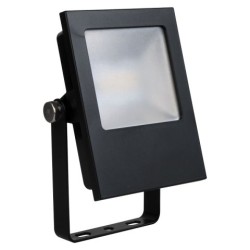


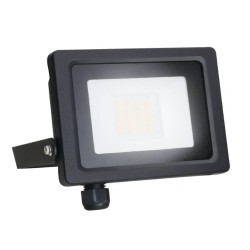
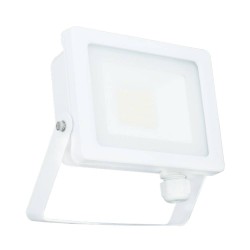



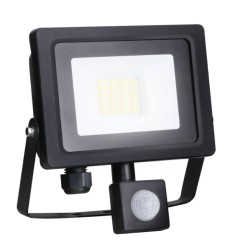


-250x250.jpg)
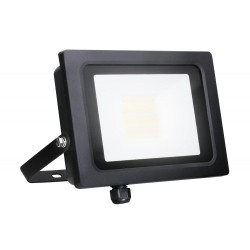
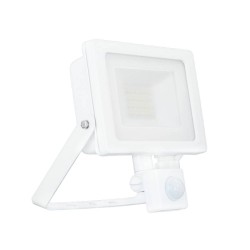
-250x250.jpg)




